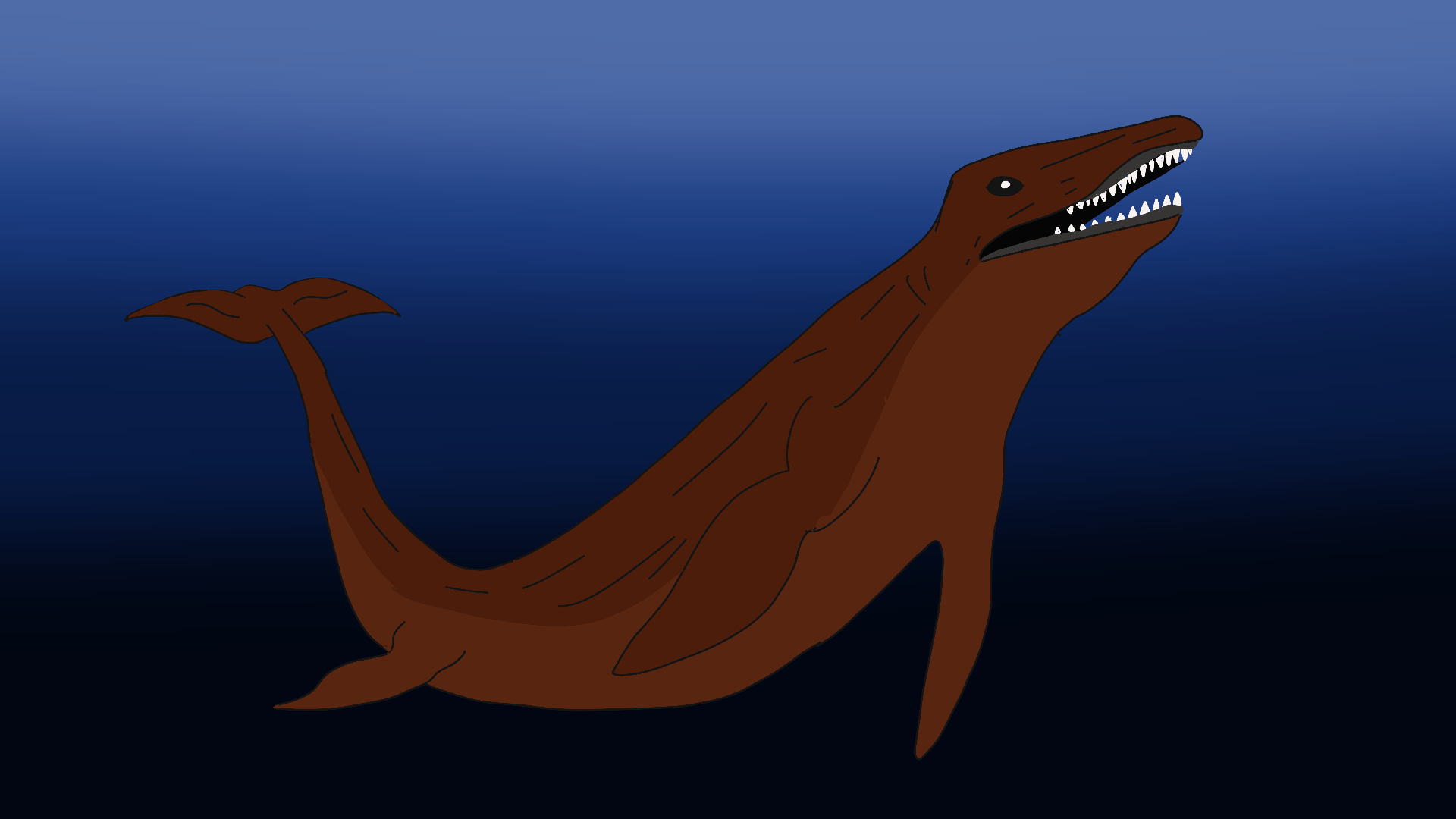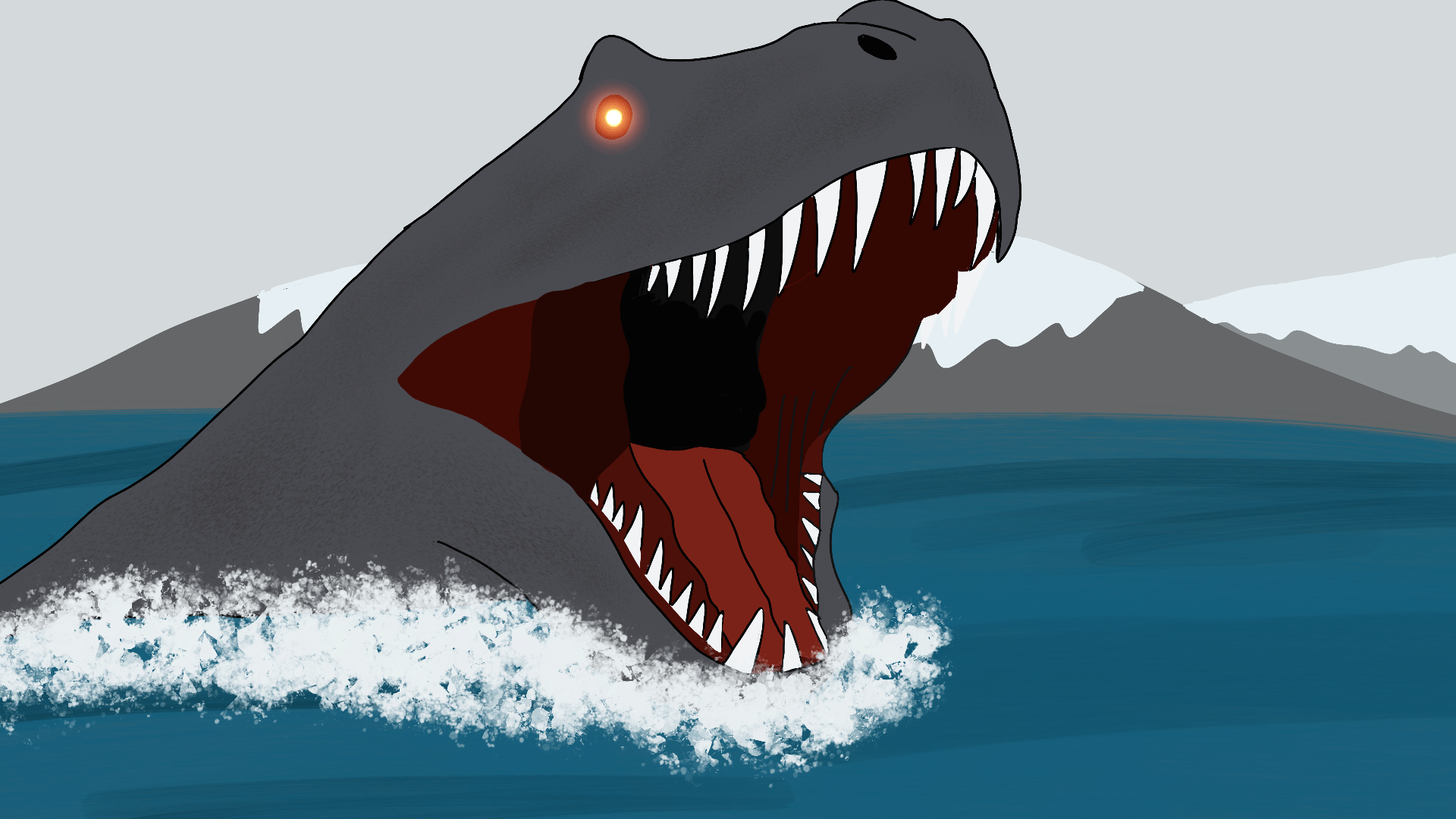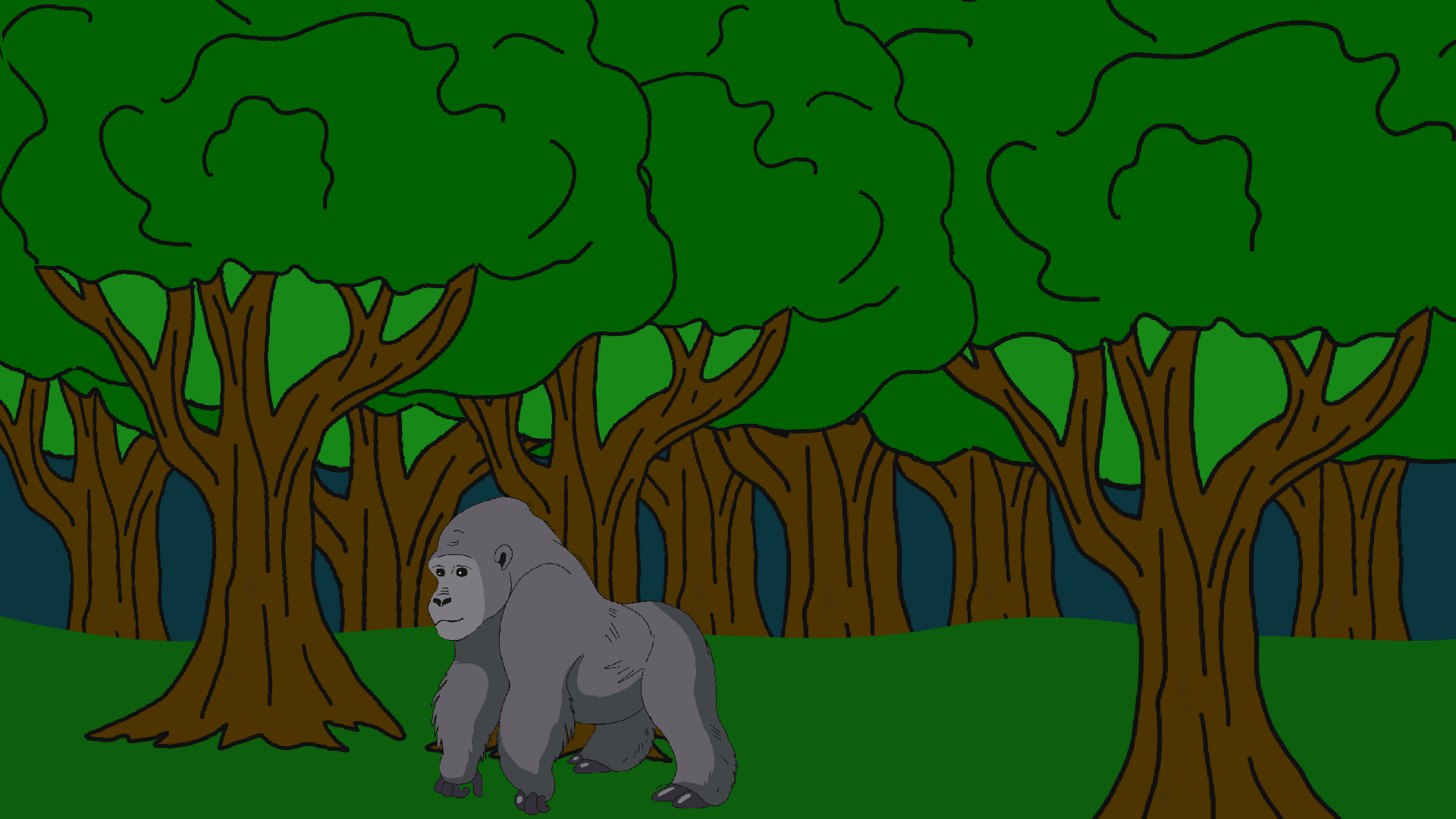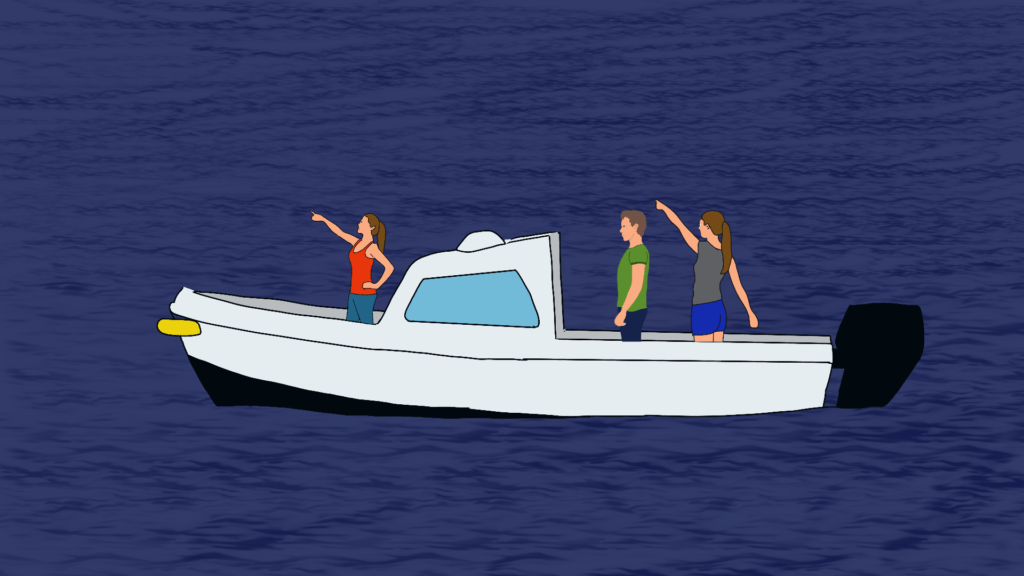
In 1970 resident Laurent Dumont, age ten at the time, was fishing with his family out on lake Manitoba in the Winnipeg providence of Canada. As the day winded down and they started headed back to shore, the family saw something in the water ahead. It wasn’t a floating log and it appeared as shiny black humps poking just above the water. Dumont would say the skin texture resembled an Orca. As they got closer, Dumont and his family, well aware of the legendary creature that inhabited the lake, became excited as they might finally be able to see the creature up close. Then around 20-30 feet away, the creature dipped under the water and disappeared. Dumont and his family had come close to seeing the mysterious water creature said to inhabit Lake Manitoba, a creature that has become to be known as Manipogo.
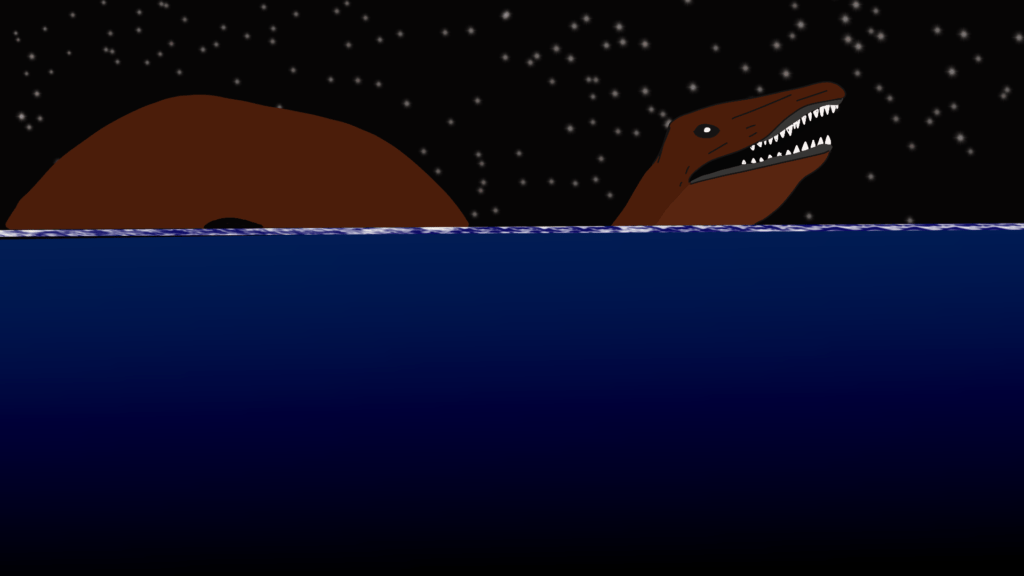
Manipogo is typically described as having a muddy-brown body with humps that show above the water. Witnesses say the creature is around 12-50 feet in length and some report it has a sheep-like or reptile-like head. It has been described as eel-like or snakelike in appearance.
While many quickly dismiss Manipogo as folklore and a creature that never existed, there’s quite a bit of evidence that something could have been in this lake or perhaps still is.

On Friday August 18, 1961, A newspaper article written in the Calgary Herald details how many in the surrounding communities believed something was in the lake. Dr. James Mcleod, a university professor and head of Zoology at the University of Manitoba, was convinced something was in the lake. In the article, it details how Dr. Mcleod spoke with many residents that witnessed the creature. The article states that each year since 1955 parties of swimmers, fishermen and sightseers reported sighting the monster around late July or early August. Also, it mentions a strange unknown bone discovered too by resident Oscar Frederickson. Later, the bone was said to be likely being from an ancient sea monster that swam inland after the last Ice Age.
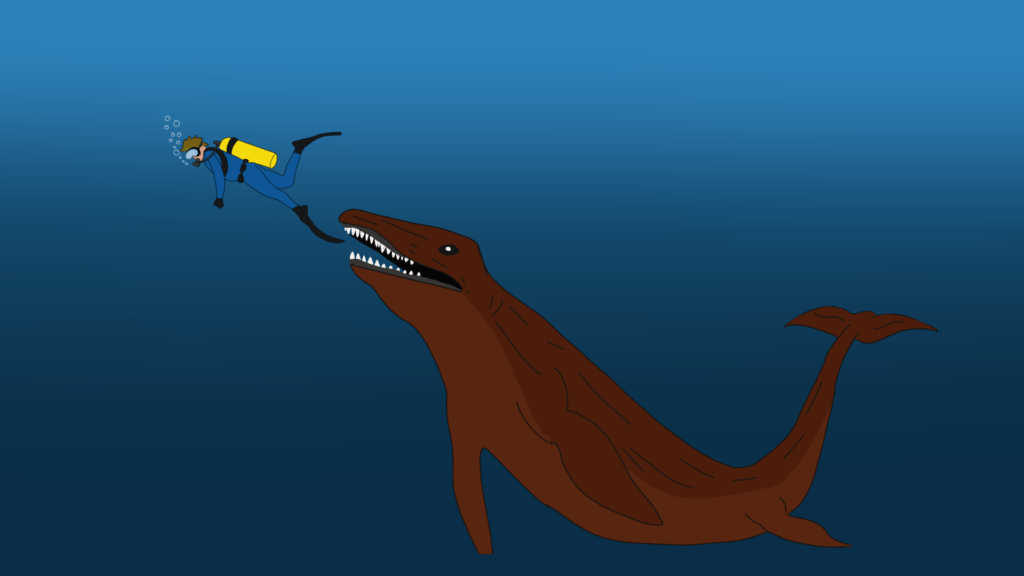
Dr. Mcleod was convinced that the monster exists. He planned to use skin divers and large herring nets to search for it, but unfortunately wasn’t able to find any hard evidence. It should be said the lake is fairly shallow at only around 23 feet, but with such a large lake and working in dark conditions, it’s very reasonable to assume that skin divers could have easily missed hard evidence and also simply not even searched a good portion of the area.
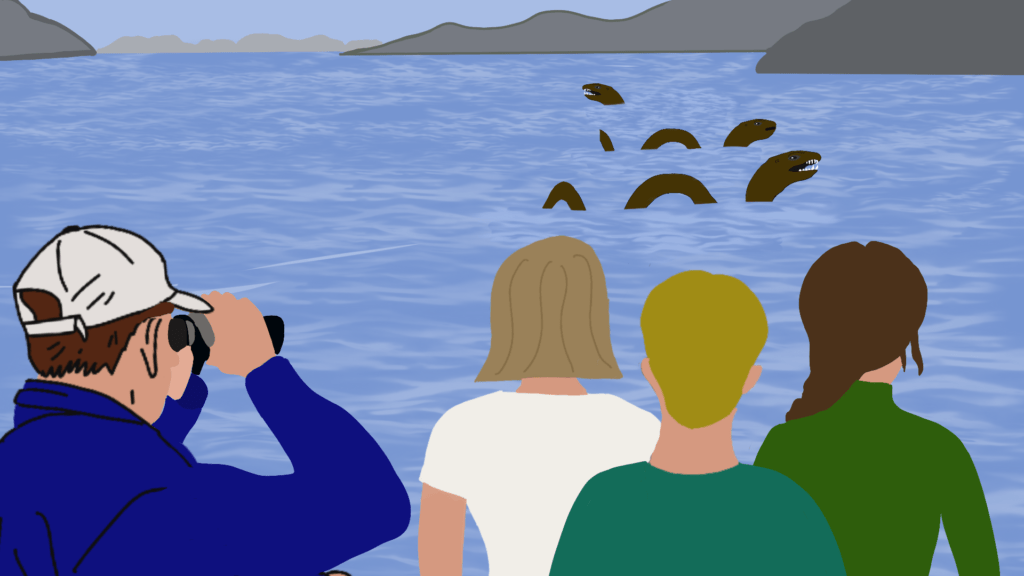
A year prior to Dr. Mcleod’s search, perhaps the most famous sighting of the beast would occur in 1960. On Aug. 10, 1960, 17 people said they saw three creatures swimming in the water. It’s reported many of the witnesses didn’t know one another, but all never wavered in their story. One of the witnesses that day, Tom Locke, a land inspector , would dub the name of the creature as Manipogo
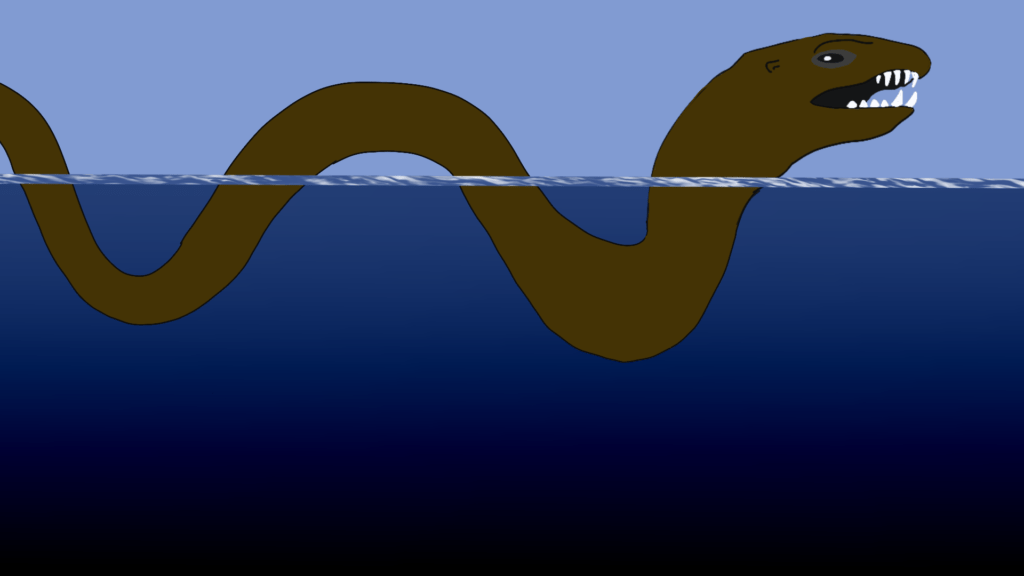
Another popular sighting that occurred in the early 1960’s occurred in 1962. Two fishermen, Richard Vincent and John Konefall, alleged to have seen a large monster similar to a serpent or giant snake. The men were on their boat on Lake Manitoba near the mouth of the Waterhen River. Vincent took a photo of the sighting and to date this appears to be the only alleged photo of Manipogo.
Although sightings date back to the 1800s, the first documented sighting was reported in 1909 by Hudson’s Bay Company fur trader Valentine McKay, who says he saw a massive snakelike creature.
Still, other documented sightings occurred as well in modern day.
In 1989, Sean Smith and his family were visiting from Minneapolis, Minnesota. They were on a camping trip and stayed at Shallow point off highway No. 6 on Lake Manitoba. While on the lake, Smith says they saw a creature about 80 feet in length with many humps coming from the water.
In 1997, campers from Quebec who were on Lunder Beach campground alleged to see a large reptile head rise above the water and then disappear below the surface. The creature was several hundred feet offshore, but still panic ensued and swimmers evacuated the water. The official statement was that the object was a log, but a search of the area didn’t locate any log.
In 2004, Commercial fisherman Keith Haden, reported some of his fishing nets on Lake Manitoba were torn up by something. Even more strange, the fish in the nets weren’t nibbled on but were actually bitten in half. This of course raised the question as to what could actually do this?
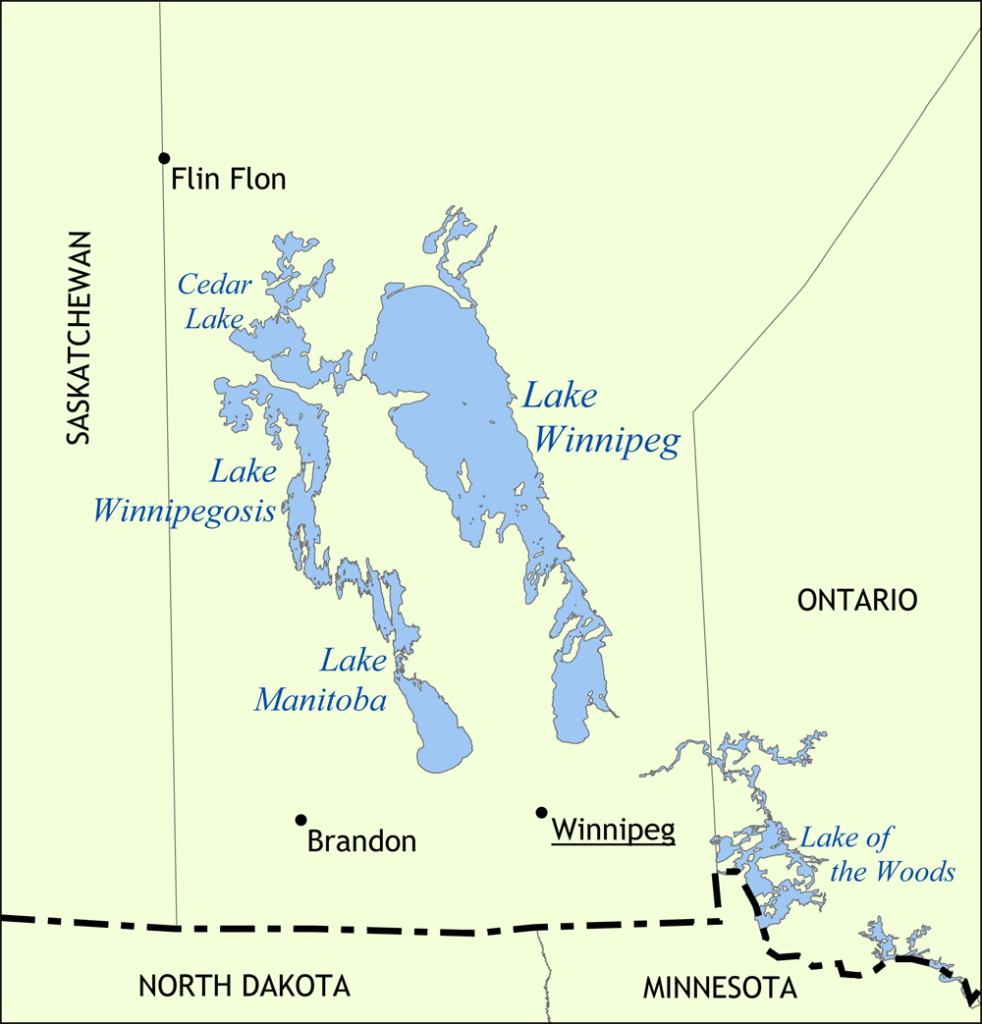
Lake Manitoba is located around 47 miles to the northwest of Winnipeg and is the 14th largest lake in Canada at 1,785 square miles. Often overshadowed by the nearby massive Lake Winnipeg, Lake Manitoba is a popular spot for fishing, campers and outdoorsman. While many have come to the lake, some have reported seeing the creature in the water over the years. In fact, native tribes have told stories of the beast for centuries, and finally in 1960 the creature was named Manipogo, in a tribute to the more famous Canadian cryptid water monster Ogopogo. Read about Ogopogo Here
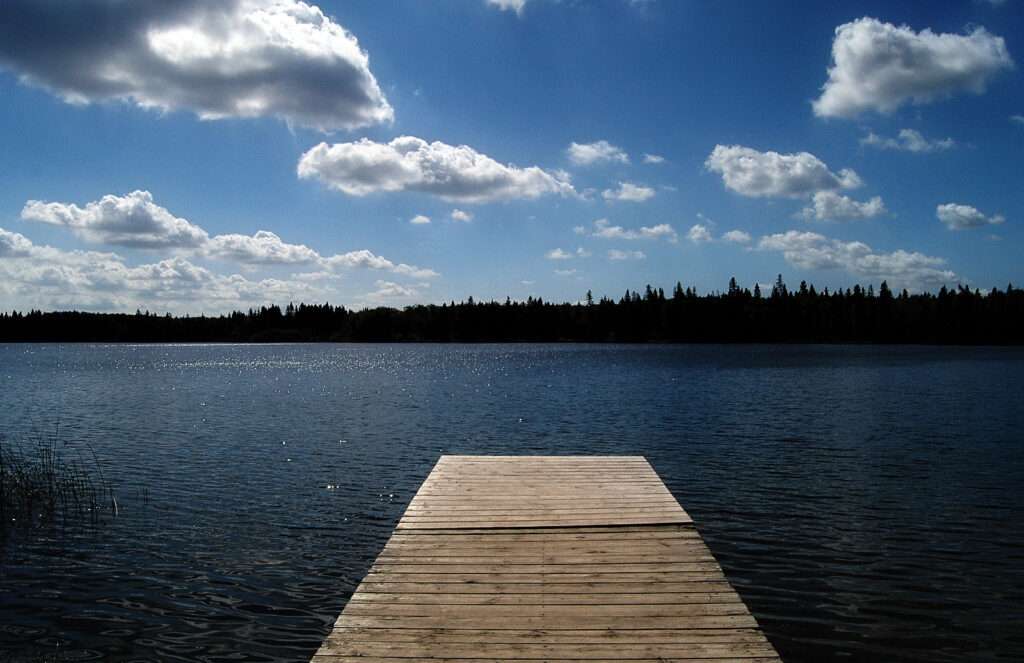
There are those that believe the monster is nothing more than wishful thinking. In 1959, local radio DJ Donn Kirton got word about a sighting of Manipogo. He went and interviewed the witness and played it the next day. The interview was wildly popular and soon many people were out in their boats looking for Manipogo. It’s said in the area every summer, Manipogo fever exists as sightings and the popularity of the creature explodes.
There are several theories concerning Manipogo.
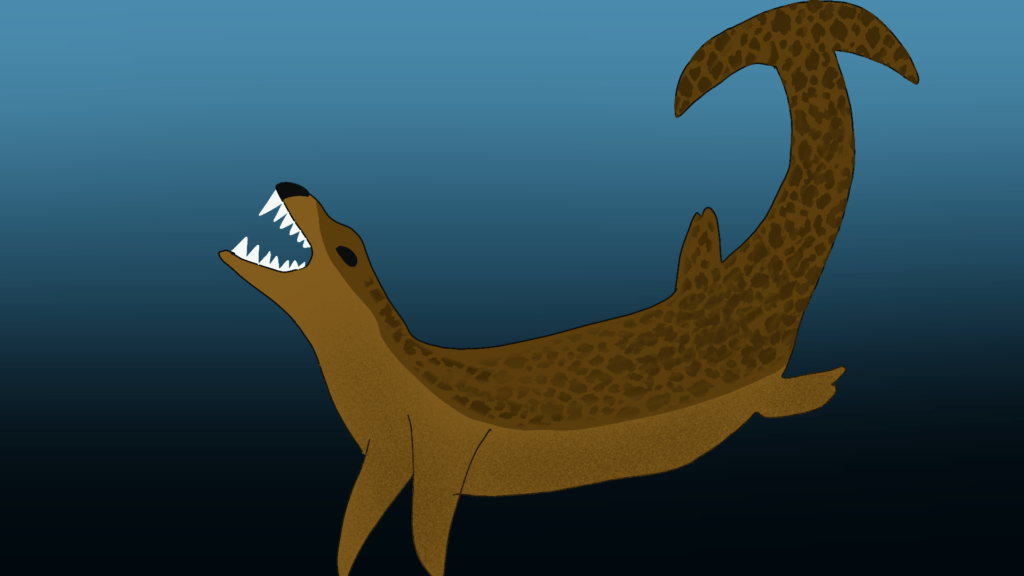
The first is that Manipogo is simply a Moose and its calf or calves. It’s well documented that when moose and their calves travel through water it can appear as humps in the water. Also, an individual moose could appear as humps if the head is above water as well as its humps. While this can explain some of the sightings, it surely cannot explain all of them though. For example, any sighting where the creature disappeared under the water for an extended period couldn’t be a Moose as they obviously need oxygen.
The second theory is that it could be a sturgeon. Sturgeons breach the water and do a tail walk, in a pose that makes it look like the neck and head of a sea serpent. Sturgeon never stops growing and are the largest freshwater fish in Manitoba. The average size is about 5 feet, though they can grow up to 7 or 8 feet at least.
What is Argentina’s Loch Ness Monster known as Nahuelito?
Another explanation is that it is simply an eel or snake, and that witnesses have misjudged the size.
Other theories include that it is some type of prehistoric creature that survived the last ice age or perhaps is a new, reclusive species.
Canada is renowned for its number of water cryptids, and Manipogo draws many comparisons to a water cryptid from British Columbia known as Ogopogo said to inhabit Okanagan Lake.
While no concrete evidence has ever been found, there has been numerous eyewitness sightings that have continued to present day. The community embraces the cryptid and many despite any evidence believe something exists in the lake.
Additional Water Cryptids:
